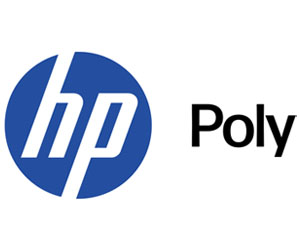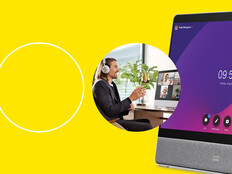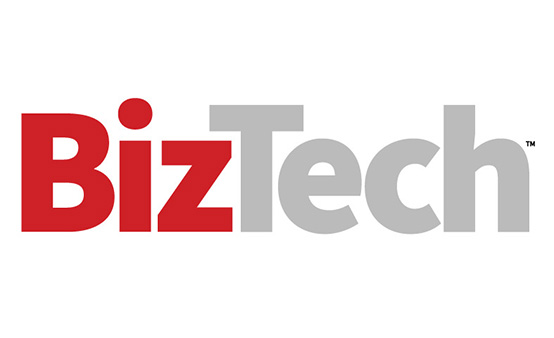The Short- and Long-Term Impacts of Android 10 EOL
“In 2026, Microsoft won’t certify any new devices,” says San Marco. “If you call their helpline, they may not help you.” Certification simply means that a CPU is confirmed to work with Android 10. However, after the end-of-certification date, the company won’t certify any new devices, even if they can theoretically work with the AOSP.
In 2027, support stops entirely. “There will be no more security updates, and no updates for bugs,” says San Marco.
That’s why users are ill advised to stay on that version — both for the security risks and interoperability issues.
“Eventually, new versions of Teams Room won’t run on older hardware,” San Marco says. “And while some older Android devices may be upgraded to the latest AOSP, it’s still unclear which devices will be supported or how the process will work.”
Building a Strategy for EOL Success
While Android 10’s end of life creates challenges, it also gives organizations an opportunity to modernize Microsoft Teams Rooms, standardize devices for smoother collaboration and repurpose older hardware for new roles.
A few years ago, enterprise collaboration devices were expected to last a decade, says San Marco, but when the shift to remote work happened, businesses bought “a bunch of different tech from various manufacturers to fill the gap.”
“Now is a good time to identify your standards” and evaluate how that tech fits together, he says. “You can evaluate if current devices meet collaboration needs. For instance, do you need a 1-to-1 replacement, or something different?”
FIND OUT: It's important to upgrade your video hardware ahead of Android's EOL.
By building a standardized environment, companies can ensure that all technology works in tandem.
IT leaders can also shift old devices into new roles, San Marco suggests: “Many companies aren’t sure what to do with these devices. One option is to wipe them clean, update their software and turn them into webcams that offer top-notch clarity without security risk.”
Another option is to reassign them as dedicated room controllers or digital signage displays, giving the hardware new life while supporting collaboration and communication needs.
IT leaders can work with a tech partner on these updates and assessment of devices. Ultimately, businesses should treat Android 10’s end-of-life deadline as an opportunity to reimagine their collaboration software with creativity and purpose.
Brought to you by:













